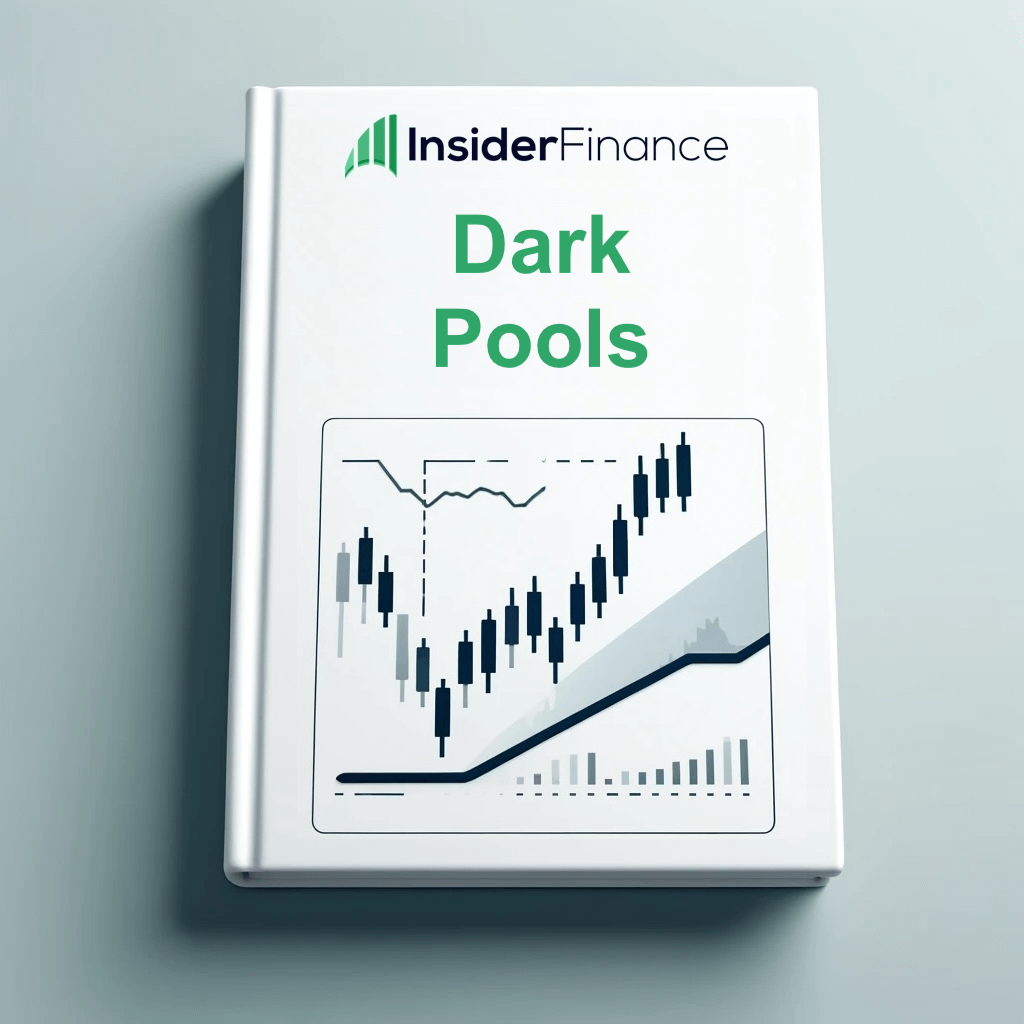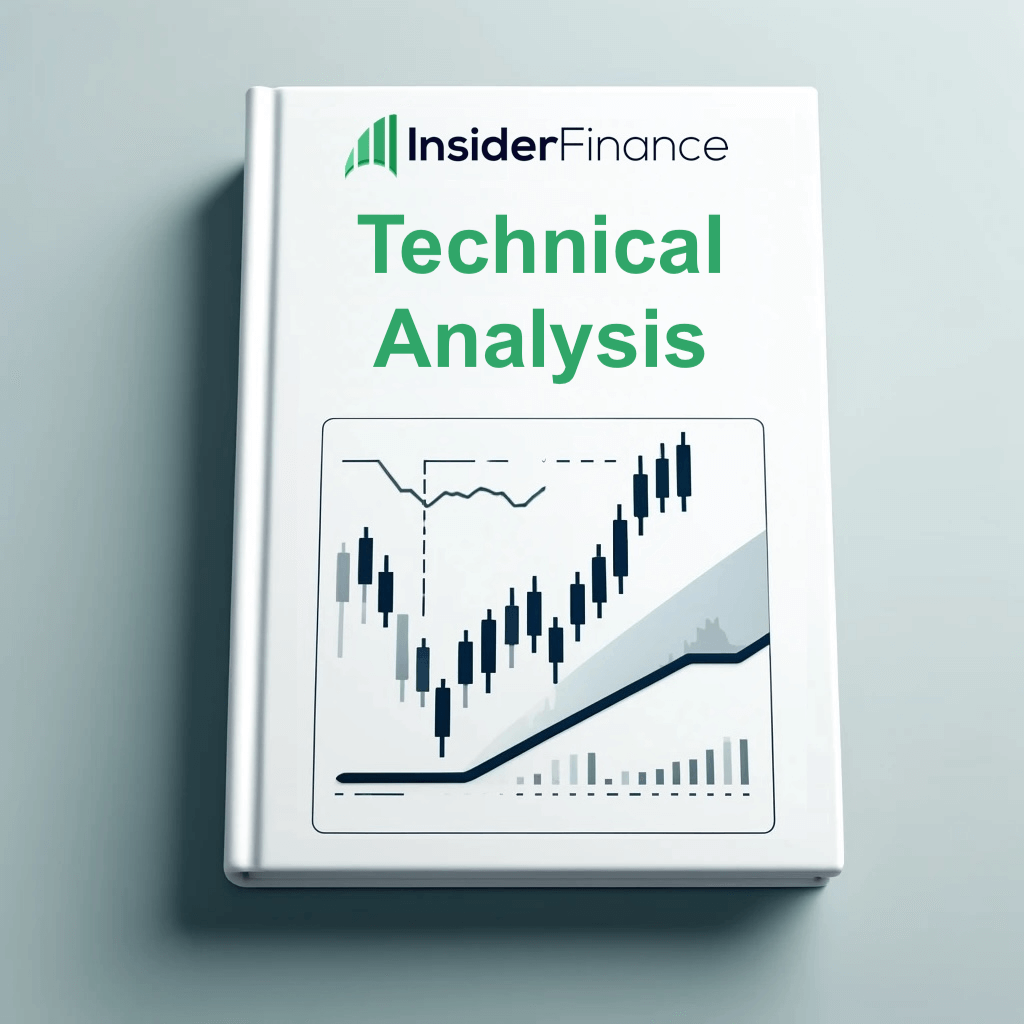In the Money vs. Out of the Money
An option is considered to be “in the money” when a stock’s current price is greater than the strike price of the option.
This means the option contract has intrinsic value because it could be exercised for a profit.
In other words, the option contract’s strike price is favorable in comparison to the current spot rate of the underlying stock.
By contrast, an option contract is considered to be “out of the money” when a stock’s price is less than the strike price.
However, an option can still have value because the underlying stock price continues to change before expiration.
This means it could eventually become “in the money” and yield a profit.
Because an option contract can have value based on its volatility and possible movement before expiration, this is why we still must pay a premium for out-of-the-money options.
InsiderFinance makes it easy to identify which options contracts are in the money or out of the money with the OTM % (Out of the Money Percent) fields in the dashboard as shown below:



